Links between Wales and Japan
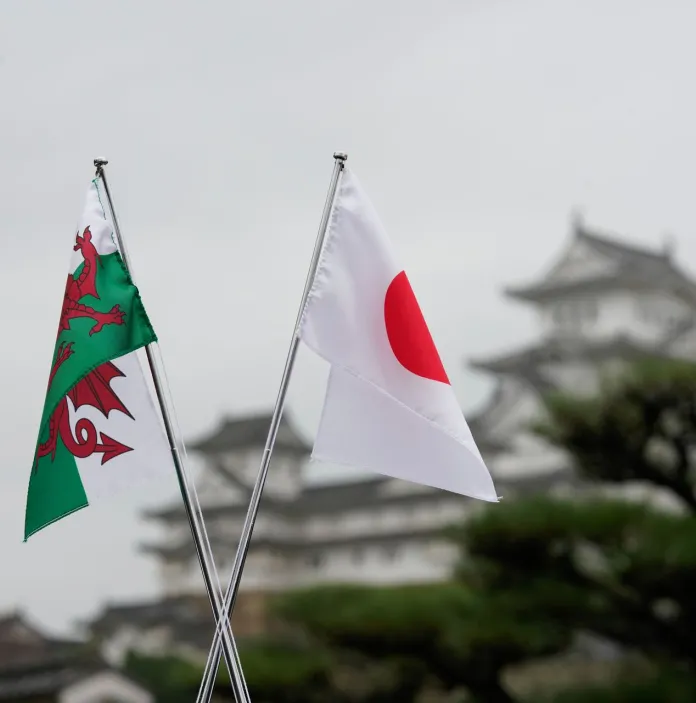
2025 marks the year of Wales and Japan - a celebration of the cultural, creative, business and sporting ties shared between our two countries. It’s a year that’s designed to strengthen existing links, forge new connections and boost investment between both nations.
With the 6,000 miles (9,657km) or so that separate them, on the surface, it might seem like there are few links connecting Wales and Japan, but the reality is that there are several rooted in history, as well as more recent collaborations, that web together our two great nations.
Find out more about our cross border connections: the links between Wales and Japan
Renewables and offshore wind

Both Wales and Japan have found common ground in their shared commitment to sustainability and reducing carbon emissions, with both countries working towards ambitious energy goals as part of broader climate strategies. Now the two countries are working together towards the common goal of leaving behind a more sustainable world.
Find out more about how Wales and Japan are powering a green future: Energising a green revolution
Wellbeing of Future Generations Act

Wales’ 2015 Wellbeing of Future Generations Act was world pioneering. 2025 will mark the 10th anniversary of the Act.
The Act fully aligns with Expo ‘Designing a Future Society for our Lives’ and the ‘Empowering’ and ‘Connecting’ themes. It also aligns with the UK Pavillion theme ‘Come build the future’.
Find out more: Leading the way for Future Generations
Saving lives

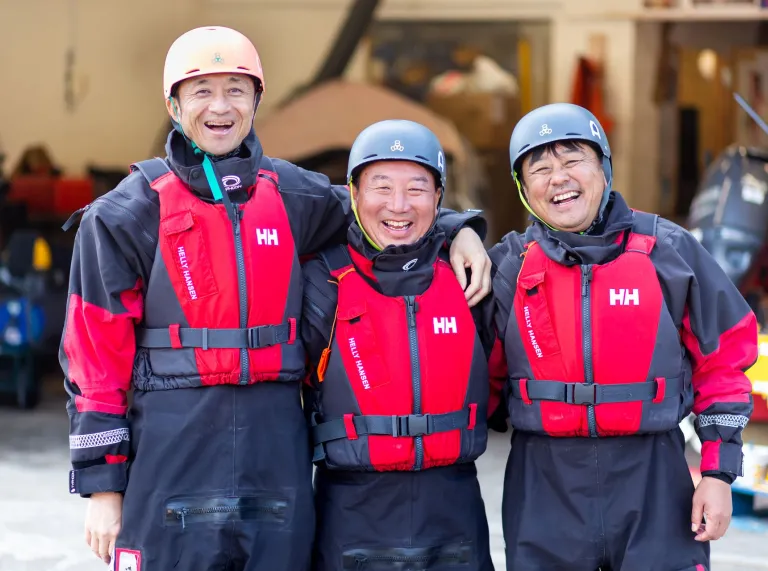
Despite the thousands of nautical miles separating them, Japanese communities still recovering from the 2011 tsunami are forever connected to the students of UWC Atlantic College, a small international school housed in a 12th-century castle on the South Wales coast. Founded by Kurt Hahn in 1952, UWC Atlantic became first of the 18 United World Colleges across four continents, including UWC ISAK Japan. Decades later, an unexpected bond between students in Wales and the people of Japan created a unique shared mission: saving lives at sea with a lifeboat in a box.
Find out more about a lifeboat's journey from Wales to Japan: Bridging oceans, saving lives
National Forest
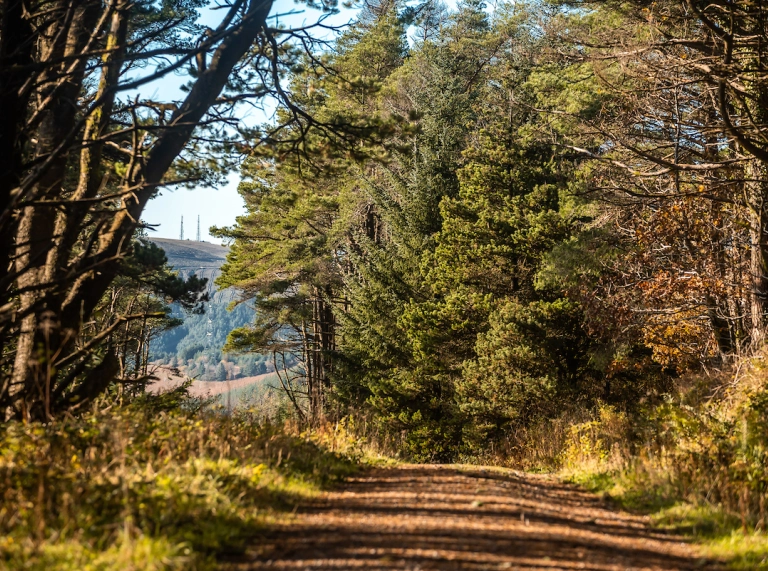
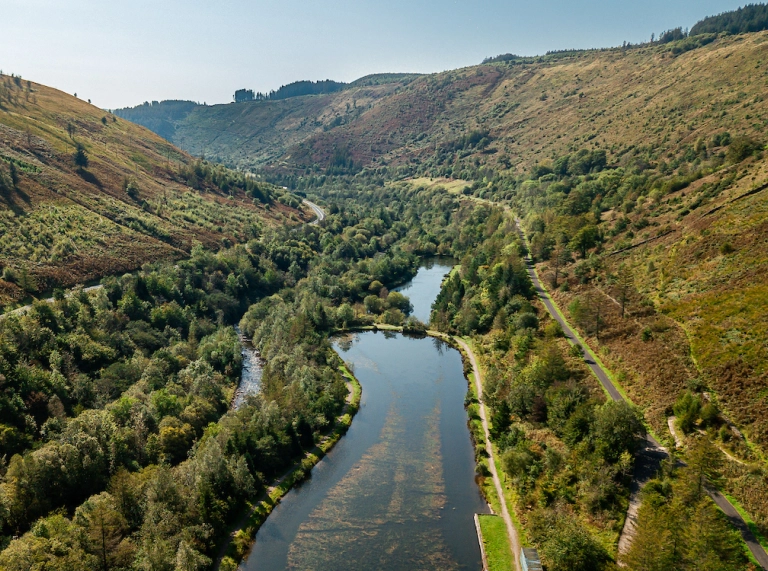
Although located on opposite sides of the world, Wales and Japan share a deep cultural and environmental connection through their mutual love of forests. Both nations have rich histories and traditions tied to their woodlands, valuing forests not only for their natural beauty but also for their spiritual and ecological importance.
One man did more than any to make these links stronger than just a shared outlook. Born in Neath in the Welsh Valleys in 1940, C.W.Nicol lived an extraordinary life which saw him become a Japanese citizen and dedicate his life to preserving Japan's forests, drawing on his Welsh roots for inspiration.
Find out more about the green roots that link our two nations: How Wales and Japan are both deeply connected to their woodlands
Culture, heritage and tourism: Conwy and Himeji Twinning
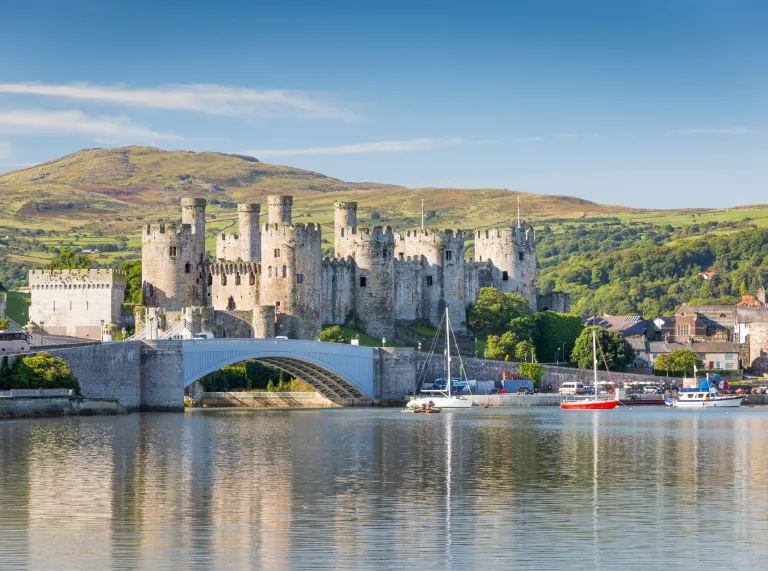

In 2019, the twinning of Conwy Castle in north Wales and Himeji Castle in Hyogo, Japan, was dubbed the “beginning of a beautiful friendship” by Himeji mayor, Hideyasu Kiyomoto. The two iconic locations were the first ever UNESCO World Heritage Sites to be twinned, marking the start of a monumental relationship and an opportunity to celebrate everything the regions have in common.
Find out more about the twinned castles in Wales and Japan: Conwy and Himeji castles
Culture: Welsh music
When you think of art linking Wales and Japan, what is your mind drawn to? Usually, what ties two nations and cultures together will be a shared story, an intertwining of events in the past. Sometimes however, the most fabulous connections happen individually and organically; a story of nothing more than a shared joy in creativity, a mutual passion for art. This is a story about renowned artist Keiichi Tanaami and innovative Welsh band, the Super Furry Animals.
A leading name at the forefront of New York’s psychedelic 70s cultural revolution, Keiichi Tanaami’s prolific creations led to him working with people all over the globe including some of the pioneers of the Cool Cymru movement, such as The Super Furry Animals, who have performed all around the world including in Japan.
Find out more: Super Furry Animals x Keiichi Tanaami
Creativity: animation, film and design
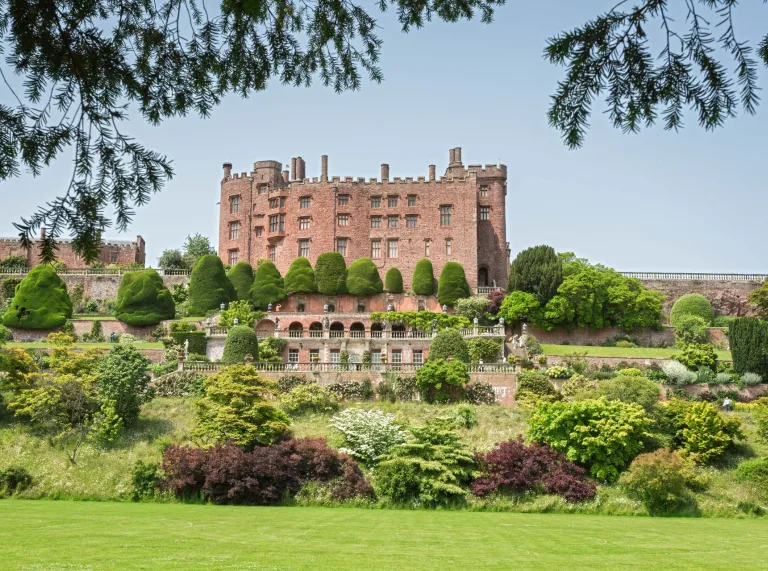
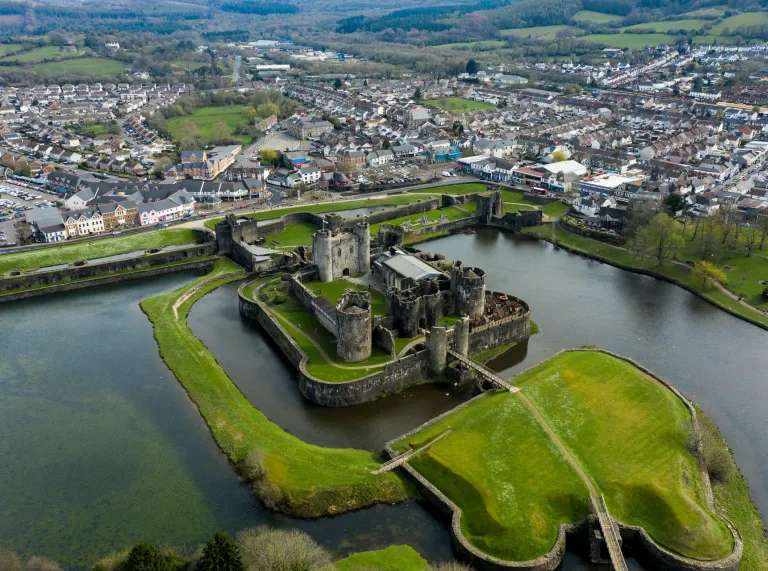
Thanks to its enchanting and heartwarming stories like Spirited Away, My Neighbor Totoro and Ponyo, Tokyo-based animation studio, Studio Ghibli, has evolved from a beloved national name in Japan to an internationally celebrated production house, known world over for its fantastical creations.
While the endearing landscapes and characters found in its films may seem otherworldly, you might be surprised to know that the inspiration behind some of Ghibli’s stories is rooted in reality and can be traced back to Wales.
Find out more about how Wales inspired Studio Ghibli: The Welsh inspirations behind Studio Ghibli’s most beloved work
Creativity: weaving Wales into the world
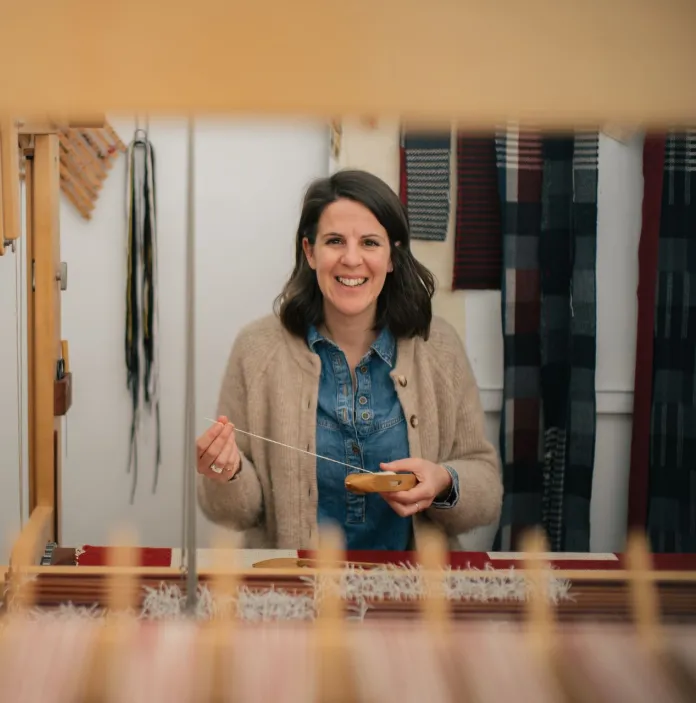
In the heart of Cardiff, textile artist Llio James is reviving the traditional craft of Welsh hand weaving with a fresh perspective. Inspired by the landscapes and stories of Wales, her work brings together heritage and modern design in a thoughtful and striking way. She works with local micro mills and uses only British wool, staying true to sustainable methods and authentic materials.
Llio’s practice speaks to a wider commitment to cultural craft and creativity. As Wales and Japan continue to share ideas and traditions, her work highlights how skilled making can spark meaningful connections across communities and continents.
Find out more about Llio and her creative journey: Llio James, Welsh textiles artist
Food and Drink: the Welsh discoveries that saved Japanese sushi

Synonymous with Japan, sushi is a dish that’s loved by people worldwide. But, what many might not know is that the discoveries of a British botanist in Wales helped boost the industry when it was at risk. It was the findings of marine lecturer and researcher, Dr Kathleen Mary Drew-Baker, off the Pembrokeshire coast, that helped to revolutionise seaweed production, supporting sushi to become the global dish that it is today.
Find out more about the Welsh discoveries that saved Japanese sushi: The Mother of the Sea
Sport: the Welsh wonder who conquered the world - and then Japan


When it comes to sport, rugby is undoubtedly much loved by both Wales and Japan. In fact, it was while watching the ‘beautiful’ Welsh team play against Japan in 1975 that Koji Tokumasu, the President of Asia Rugby and driving force behind Japan hosting the 2019 World Cup, fell in love with the game, sparking a shared passion between the two nations.
Since then, a number of successors of that 70s Welsh team have made their home in Japan, none more celebrated than Wales’ record try scorer Shane Williams. So what made the Welsh rugby legend fall in love with the Land of the Rising Sun, and what’s next for Wales and Japan’s rugby relationship?
Find out more about the Welsh wonder who conquered Japan: Shane Williams on Wales, Japan, and their shared love of rugby
Design: Jonathan Edwards
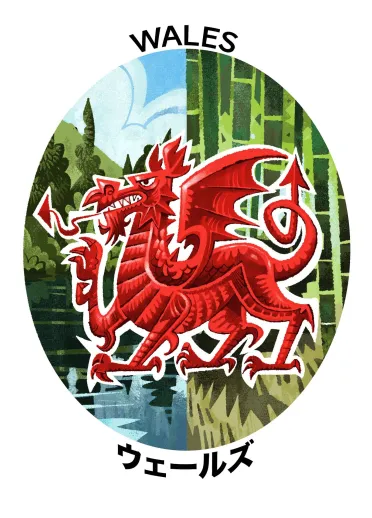

For almost a century, tourists in Japan have documented their travels by collecting Eki stamps, a form of commemorative stamp often found at train stations in tourist locations. Generally featuring imagery of local landmarks, mascots and delicacies, they encapsulate the identity of iconic destinations within a simple ink imprint, providing a lasting memory of past adventures.
Now Welsh illustrator Jonathan Edwards has created his very own Wales-Japan designs. The five new Eki stamps display the legendary dragon, emblazoned on Wales’ national flag, against backdrops representative of the two countries. These include Japanese and Welsh textiles, typical forests from Wales and Japan, and iconic locations from both nations: Yr Wyddfa and Mount Fuji, and Conwy and Himeji castles, which became the first UNESCO World Heritage Sites to be twinned in 2019.
Find out more about Jonathan Edwards: Welsh artist connecting Wales and Japan
Technology: Small computer, big impact

Born from a mission to make computing more accessible, the Raspberry Pi has grown into one of the UK's most successful technology exports. Manufactured at the Sony UK Technology Centre in Pencoed, South Wales, this compact device has found applications ranging from education to space exploration. Its versatility and affordability have made it a staple in classrooms, laboratories, and hobbyist projects around the world.
The collaboration between Raspberry Pi and Sony UK TEC exemplifies Wales' commitment to innovation and high-quality manufacturing. Since moving production to Pencoed in 2012, over 60 million units have been produced, benefiting from the region's skilled workforce and state-of-the-art facilities. This partnership also reflects the enduring ties between Wales and Japan, highlighting a shared dedication to technological advancement and collaborative growth.
Find out more about how Raspberry Pi is shaping the future of technology here.
The musical bridge between Tongwynlais and Tokyo

When Japanese-born Shoko arrived on Welsh soil for university, little did she know then that her musical journey would lead her right back home 20 years later to perform with a Welsh brass band she now calls home too.
Shoko, who now runs a leading UK English language centre helping people around the world learn English, will be playing homecoming shows as part of the Tongwynlais Temperance Band – a brass band from a hilltop village with a fairytale castle on the outskirts of Welsh capital, Cardiff.
Find out more about Shoko, the brass band player connecting Wales and Japan.
Wales and Japan 2025: Creating connections between unique cultures with shared values

The Wales Japan Cultural Programme brings together artists and projects across film, music, literature, dance, theatre, visual arts, technology and innovation. Led by Wales Arts International, the British Council and Welsh Government, it highlights cultural well-being and sustainability, while fostering creative collaboration and deeper connections between the two nations.
Discover how arts and innovation are connecting two nations: Wales and Japan 2025
